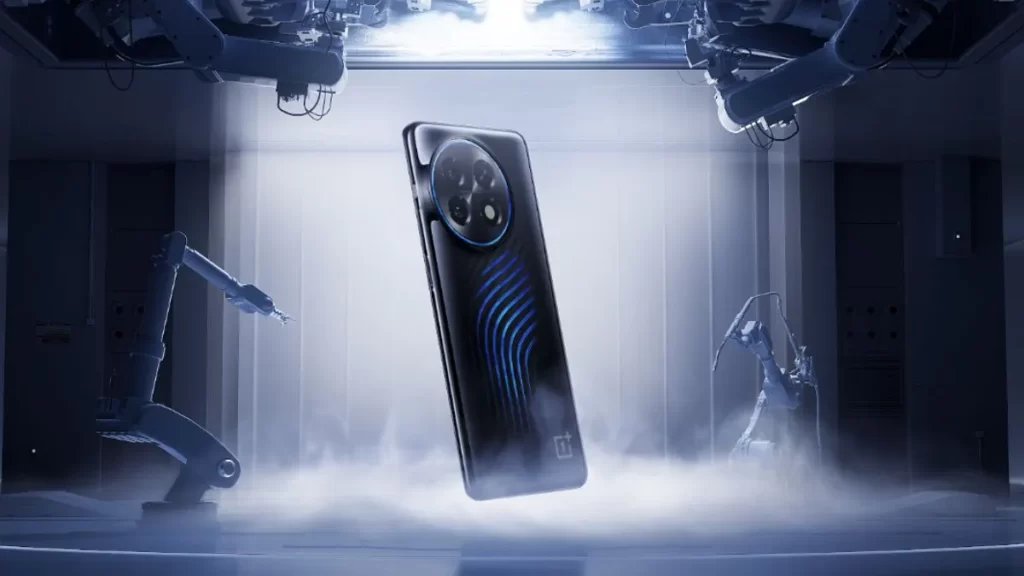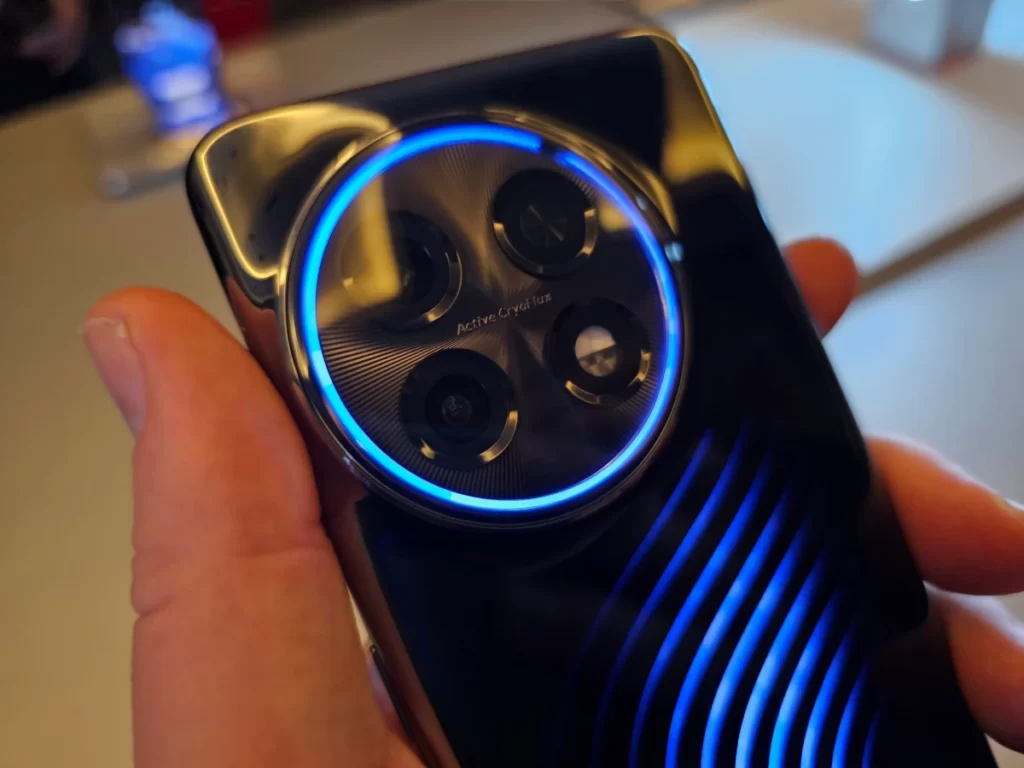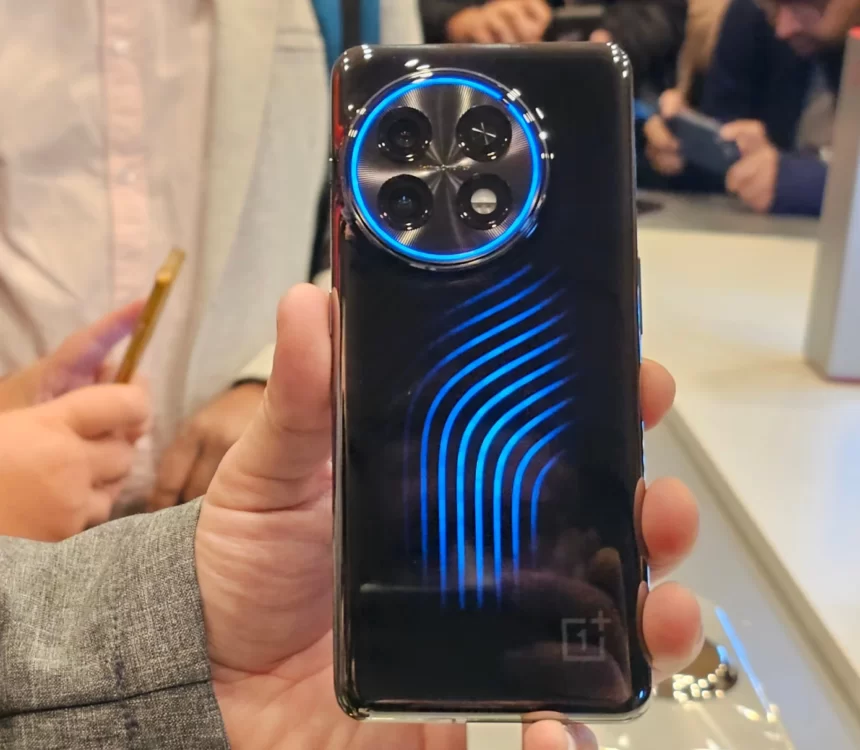OnePlus has shed its cautious release cycle with a flurry of new products. In January, the company unveiled its new flagship, the OnePlus 11, followed by the 11R, aimed at the burgeoning Indian smartphone market. OnePlus also offers last year’s 10T and 10 Pro, three Nord budget devices, five earbuds, and a tablet. Additionally, the company is rumored to be working on a mechanical keyboard and foldable.

Image Credits: OnePlus
At MWC, the company showcased the OnePlus 11 Concept, which is essentially a remix of its current flagship phone. However, the concept phone incorporates features that indicate OnePlus is aiming to become more serious about mobile gaming. Although the gaming phone market has been a mixed bag, the company is exploring generational advances that can make gaming on small screens more feasible. OnePlus President and COO Kinder Liu said, “We will make a lot of efforts in research and design of the technology. But as for the commercial availability of these technologies, we will further analyze the market and the technology’s maturity.”
According to Kinder Liu, OnePlus President and COO, determining consumer interest is one of the “various reasons” why the company unveiled a liquid-cooled smartphone modeled after an automaker. “Furthermore, we want to promote constant innovation within our company,” he adds.
The technology employed by OnePlus, dubbed “Active CryoFlux,” utilizes a piezoelectric ceramic micropump measuring 0.2 square centimeters to push coolant through a pipeline near the rear of the device and around the large camera array. The back of the device is made of transparent material, allowing the process to be showcased as a type of light show. It’s a fascinating effect that inevitably draws parallels to Nothing, a smartphone released last year by OnePlus co-founder Carl Pei.
Given the recent plateau in overall smartphone innovation, it’s likely that manufacturers are exploring new ways to alter product design. Furthermore, smartphone sales have slowed considerably, prompting manufacturers to seek out new avenues to stimulate sales.
“Gaming is essential to young people’s digital lives, and many of them enjoy playing games,” Liu explains. “In the future, we will continue to enhance their gaming experience. Currently, we are actively engaging with our users about gaming development. We are discussing how to enhance the gaming experience, and we believe we will have more time to converse with them in the future.”

Image Credits: OnePlus
Partly due to its dedication to user engagement, OnePlus has experienced considerable growth since its inception. However, some users have expressed concerns that the company has shifted focus since being acquired by Chinese mobile giant Oppo. For instance, plans to integrate OnePlus’ OxygenOS with Oppo’s Color OS were scrapped after facing significant backlash from users.
In this context, OnePlus President and COO Kinder Liu acknowledge the importance of improved communication with the outside world. As for the future of device makers, some companies such as ASUS, Nubia, and Xiaomi are centering their devices around gaming, while Samsung and Apple are focusing on making gaming more accessible on their flagship devices. OnePlus may be leaning towards the latter approach, but the company has a history of surprising people.











